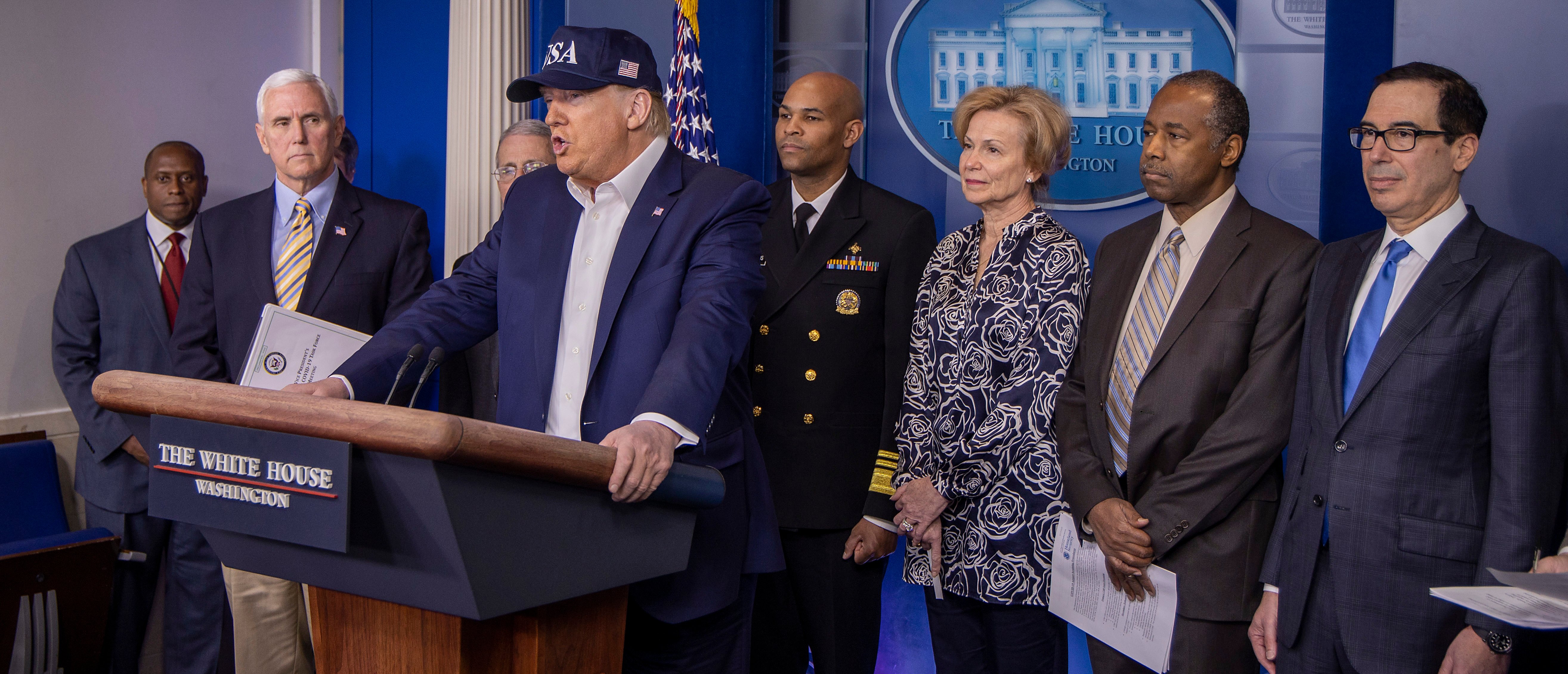A Harvard University professor said we should learn the lessons of the 1918 influenza pandemic that killed an estimated 675,000 Americans in order to confront the coronavirus today.
Marc Lipsitch, the director of Harvard’s Center for Communicable Disease Dynamics, was horrified when he heard that Boston was going full steam ahead with its annual St. Patrick’s Day parade. He couldn’t think of a worse time to bring that many people together in close quarters. Boston cancelled its parade on March 9.
“A million expected people at a big gathering is not what we need as a pandemic is starting,” tweeted on March 8. “Philadelphia tried this in 1918.” (RELATED: US Surgeon General Tells Media To Stop Sniping At Trump Over Coronavirus: ‘No More Bickering … Or Finger Pointing)
Just heard Boston’s St. Patrick’s parade is on for Sunday. A million expected people at a big gathering is not what we need as a pandemic is starting. Philadelphia tried this in 1918 https://t.co/gjgVCChojl
— Marc Lipsitch (@mlipsitch) March 9, 2020
Lipsitch is an epidemiology professor and a co-author of the 2007 study that examined how public authorities reacted to the 1918 influenza that is sometimes called the “Spanish flu” or “Swine flu.” The disease broke out in the last year of the First World War and killed about 50 million people around the world before dying out.
Much like the current COVID-19 crisis, governments underestimated how lethal the disease was and treated it like the ordinary flu. The purpose of Lipsitch’s paper was to look at how effective “non pharmaceutical interventions” were in the absence of a vaccine or cure, the Toronto Star noted Saturday.
Although scientists at the time did not even know the flu was caused by a virus and not bacteria, public health officials were wise enough to understand that keeping infected people separate from the non-infected was crucial to curbing the outbreak — even if they didn’t call it social distancing.
The study found that cities that banned public gatherings in places such as churches, restaurants, bars and parades had 50% fewer fatalities than cities that did not move to ban such activities. (RELATED: Coronavirus Officially Declared A Pandemic, Here’s What We Know)

President Donald Trump speaks in the press briefing room at the White House on March 14, 2020 in Washington, DC. President Trump also told reporters he was tested for the novel coronavirus Friday night but did not reveal the results and said he did not know when he would get them. (Photo by Tasos Katopodis/Getty Images)
Lipsitch noted on twitter that telling people to just stay home can isolate the disease. He highlighted the difference between Philadelphia and St. Louis during the 1918 influenza.
My takeaways: 1) early intervention spares the health system from intense stress — like Philly vs. St. Louis.
2) Early intervention means before it feels bad. Guangzho intervened when they had 7 confirmed cases & 0 deaths. Wuhan’s came when they had 495 confirmed cases, 23 dead— Marc Lipsitch (@mlipsitch) March 10, 2020
While St. Louis swiftly moved to a total shutdown of the city’s social life, Philadelphia had a parade and waited 16 crucial days until enacting similar steps to those of St. Louis. As a result, when the influenza reached its peak killing power in October 1918, Philly was one of the hardest hit communities in the United States while St. Louis — though affected — did not show anywhere near the same rate of deaths.


